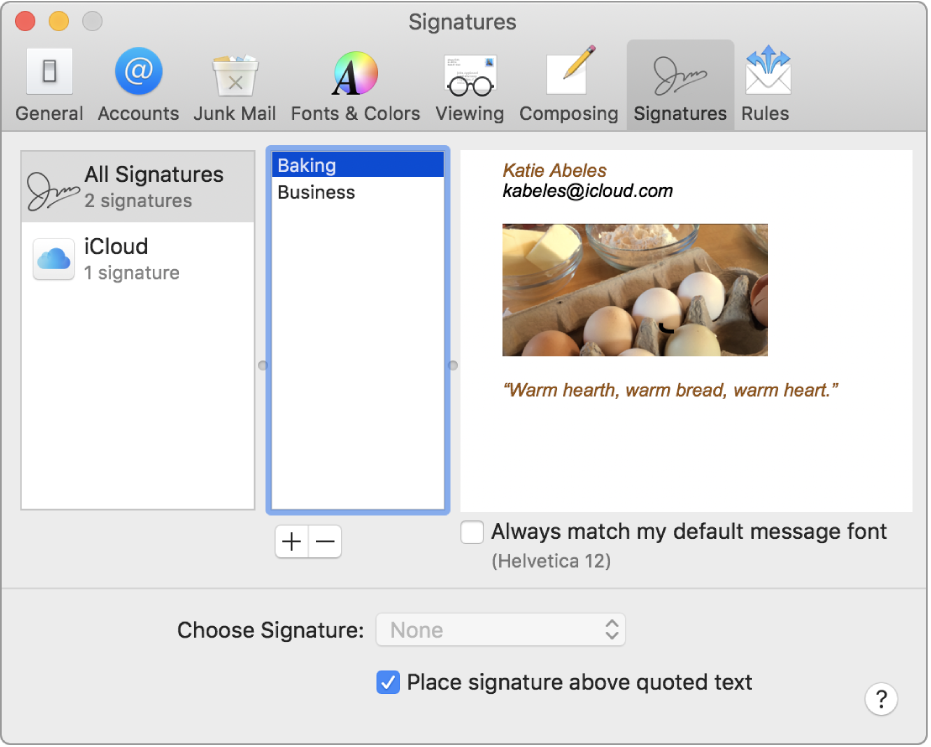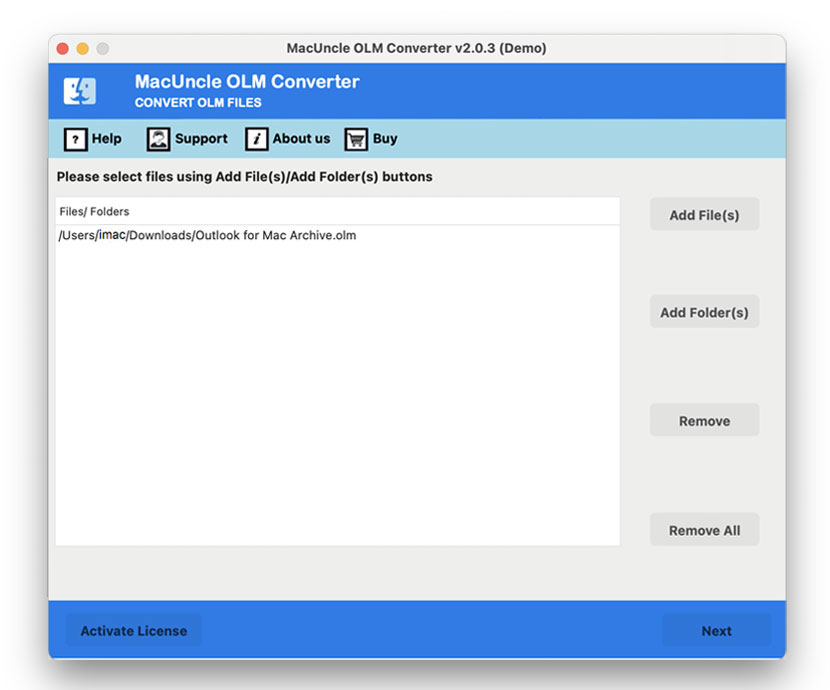
- #Open vcf file in outlook for mac 2016 how to#
- #Open vcf file in outlook for mac 2016 for mac#
- #Open vcf file in outlook for mac 2016 pro#
- #Open vcf file in outlook for mac 2016 free#
When you sign in with the same Apple ID on each of your devices and turn on Contacts in iCloud preferences or settings, your contacts are available on all your devices, and changes you make to contacts on one device appear on the others.
#Open vcf file in outlook for mac 2016 how to#
A VCF file started with BEGIN:VCARD and finished by END:VCARD tags as shown below: How to Open VCF File Extension VCF file is globally accepted by many email programs and other electronic devices on Windows, MAC, Android, IOS and Linux etc. When you import contacts from an Exchange account, information that isn’t supported is added to the Note field. There are commonly 3 vCard editions such as: vCard 2.1, vCard 3.0 and vCard 4.0. If you don’t want to import a field, choose “Do not import.” To change a label, click the arrows next to the label and choose a new label. To not import the headers card, select “Ignore first card.” If the first card contains headers, make sure the headers are correctly labeled or marked “Do not import.” Any changes you make to this card are made to all cards in the file. Although people face some difficulty when they try to import multiple vCard files to Outlook perfectly. Most of the mobile platform is compatible with the VCF file when it comes to storing contacts.
#Open vcf file in outlook for mac 2016 for mac#
Open Outlook for Mac and click on the Tools Tab.
#Open vcf file in outlook for mac 2016 pro#
If you’re importing a text file, review the field labels. There are three versions of the VCF files: vCard 2.1, vCard 3.0, and vCard 4.0. Outlook 2013, 2016, and Pro Plus: Export Outlook items to a. In the Contacts app on your Mac, choose File > Import, select the file, change the encoding if necessary, then click Open. Don’t include spaces before or after the tabs or commas. Make sure fields are separated by a tab (in a tab-delimited file) or a comma (in a CSV file), instead of another character. Make sure all addresses have the same number of fields. If the user is running Outlook for Mac 2016, you can perform the following steps to export their contacts to an.olm file Tools > select the contacts folder > click export. Exporting Contacts From Outlook for Mac 2016. Remove any line breaks within a contact’s information. Sort by kind because in addition to.vcf files, you will have.txt files for your groups. Click on your contacts in the left navigation panel. Open a new email and address it to whoever youre sending the. The licensed version (available via in-app purchase) activates all.
#Open vcf file in outlook for mac 2016 free#
The free version only converts selected portions of the MSG file. Batch processing and conversion of Outlook MSG contacts (.vcf) is also supported. Locate and select the location of the VCARD, click Open. With this easy-to-use program, youll be able to open all of those MSG files seamlessly in your favorite Mac email clients. Selected Import a VCARD File (.vcf), click Next. Open Outlook and select File > Import and Export, the Import and Export Wizard dialog appears. Minor correction - the file I deleted is named "Outlook.sqlite" not "Outlook.Note: Before you import a tab-delimited or CSV file, use a text editor (such as TextEdit) to confirm the file is formatted correctly: Importing vCards into Outlook To Import a single vCard into Outlook. After following these instructions, the missing folders reappeared as sub-folders in the Inbox folder within On My Computer. Step 4: After that, you need to browse the vCard file that you want to export. vCard file (.vcf) and choose Next button. The emails within the missing folders could still be found using the search function within Outlook, but it was irritating not being able to navigate to specific folders. Step 1: In MS Outlook, go to File menu from the navigation panel.

This worked for me! After restoring from Time Machine, all the folders I had archived locally in "On My Computer" vanished. If anyone goes this route, make sure you backup the Main Profile folder, just in case. Not exactly an elegant solution, but all of his archived mail was brought over with the rebuild. This forced Outlook to detect an issue and do an auto rebuild. ~/Library/Group Containers/UBF8T346G9.Office/Outlook/Outlook 15 Profiles/Main Profile/Data and deleting the Outlook.sqllite file.

And for whatever reason Outlook would not detect there was an issue and offer to rebuild the profile. Creating a new profile would not solve his issue.

We had a user whose profile was corrupted and had archived mail locally on their computer. This is an old post, but we just ran in to this issue.


 0 kommentar(er)
0 kommentar(er)
